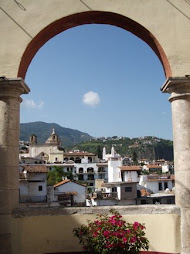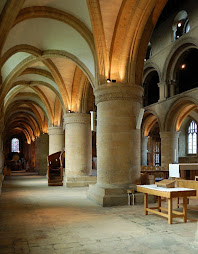 The Euston Arch, designed by Philip Hardwick and enginneered by Charles Fox, welcomed visitors to the station for nearly 125 years.
The Euston Arch, designed by Philip Hardwick and enginneered by Charles Fox, welcomed visitors to the station for nearly 125 years.Wednesday featured a visit to an event promoting the Euston Arch Trust. The organization is gathering support to rebuild the monumental entrance that marked the London terminus of the London and Birmingham Railway since 1837. The Greek Revival propylaeum stood to the north of Euston Road until 1961, when it was unfortunately demolished. An iconic London building was lost, but the outrage that ensued galvanized modern efforts to preserve Britain's architectural treasures. The grand Victorian edifice of St Pancras Station next door was one of the principal beneficiaries. The course of New York's preservation movement led down a very similar valley with the loss of the Penn Station providing the impetus needed to retain Grand Central Terminal.
 A column fragment from the Euston Arch was removed from the Prescott Channel in 1994 for the BBC television show One Foot in the Past.
A column fragment from the Euston Arch was removed from the Prescott Channel in 1994 for the BBC television show One Foot in the Past.Interestingly, the remains of the destroyed arch were finally rediscovered in 1994 at the bottom of the Prescott Channel, an industrial canal in East London. Historian Bob Cruickshank managed to unwind the story of how Bob Cotton, an engineer at British Waterways, procured the stone from the demolition site to patch a hole at the bottom of the canal. About thirty pieces of stone have now been retrieved.
Efforts to rebuild the arch have waxed and waned for years, but interest has gathered since National Rail announced a major redevelopment of Euston Station in 2007. The trust is now campaigning to make the arch the landmark feature of the new facility.








.jpg)
No comments:
Post a Comment